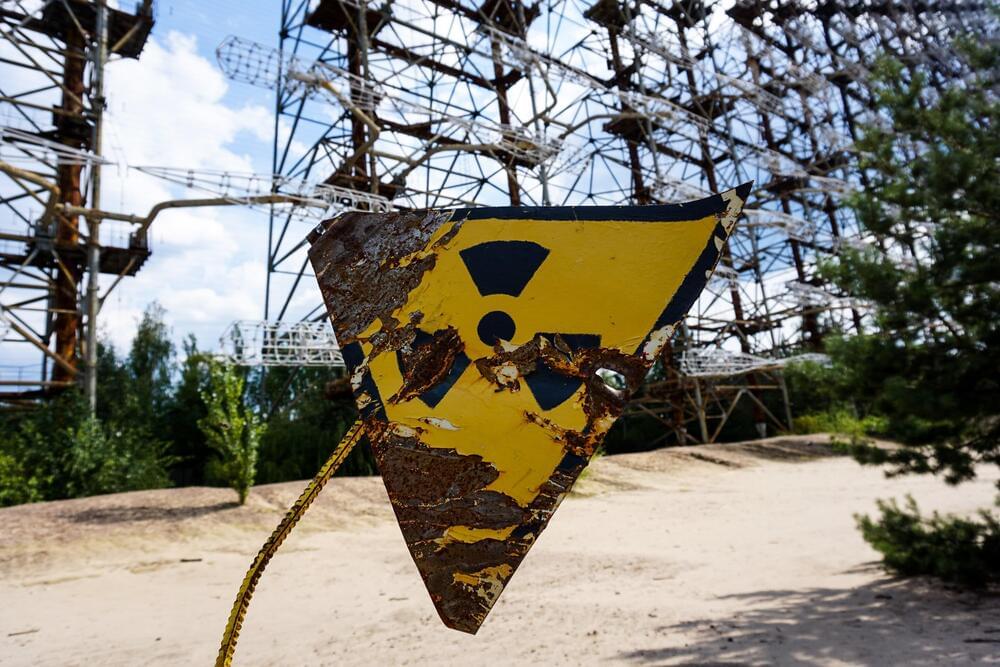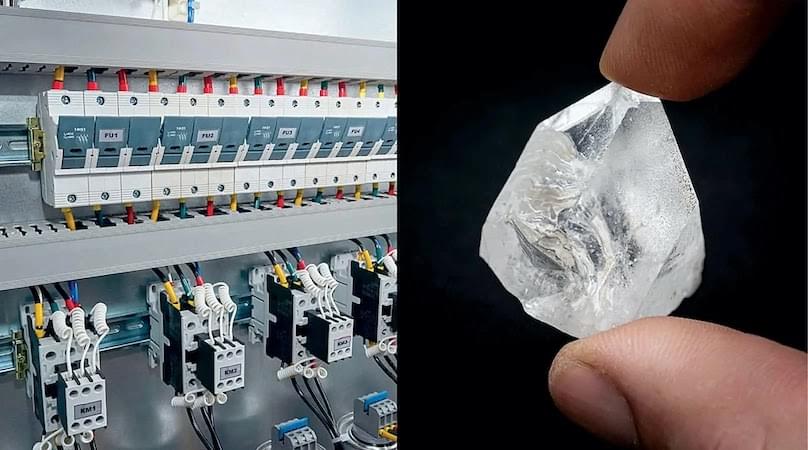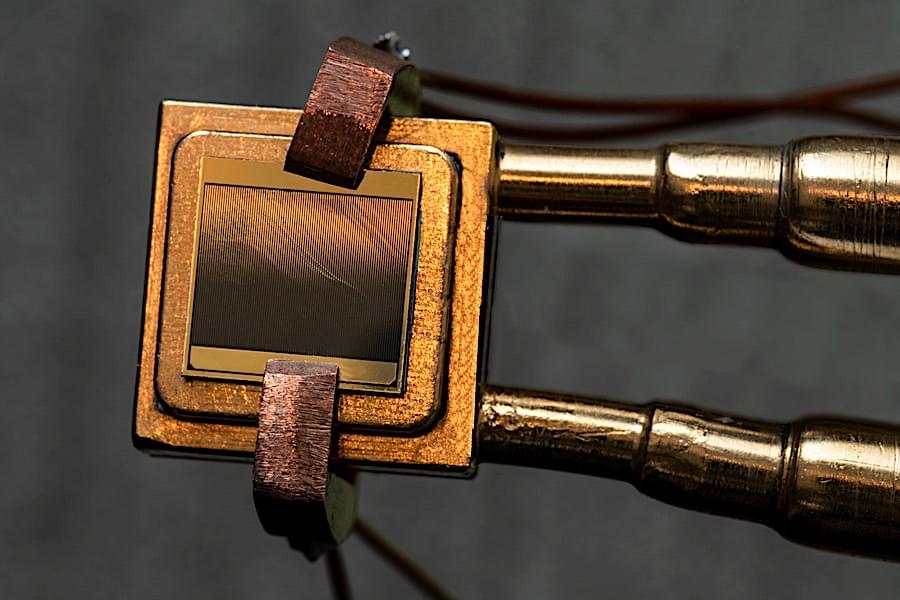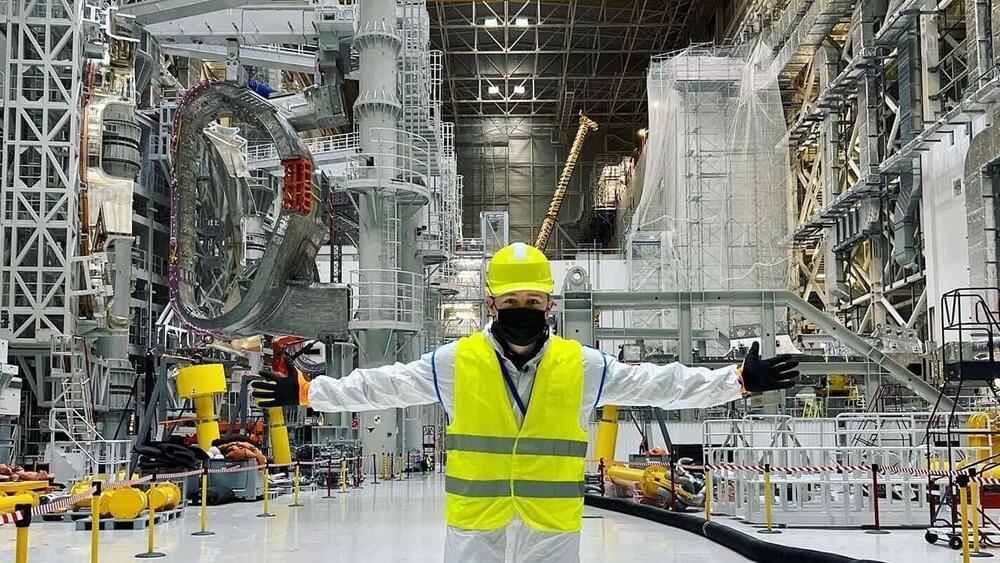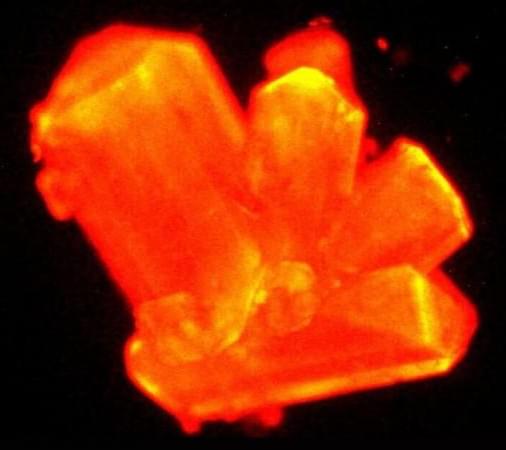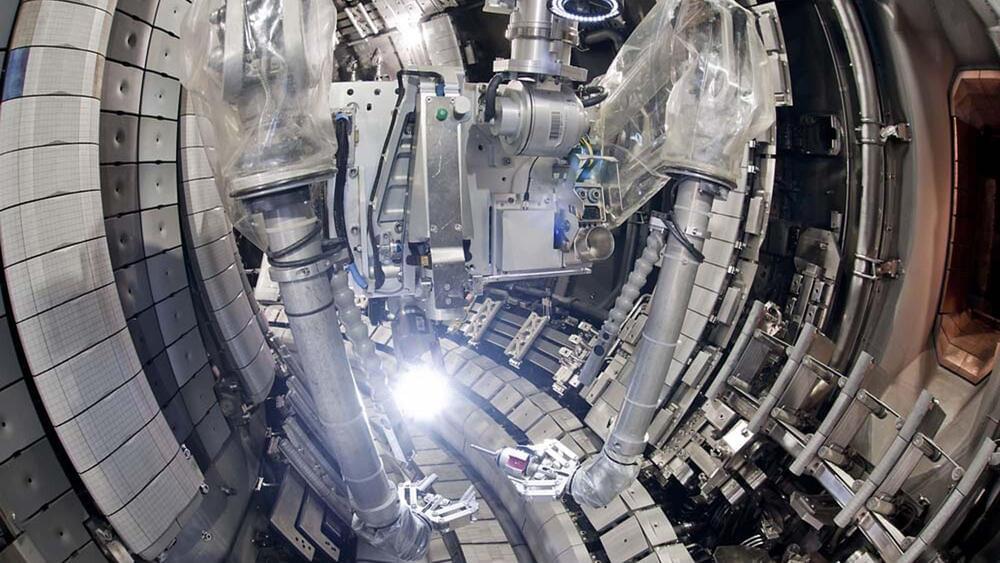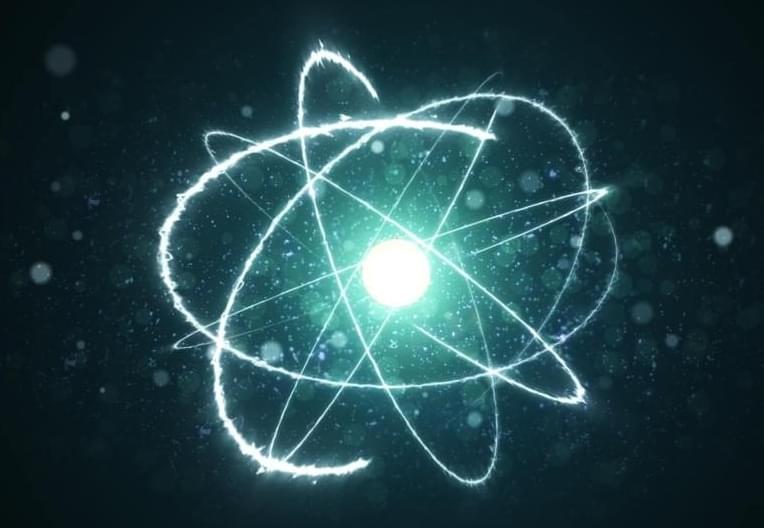Apr 23, 2022
Nuclear expert cautions against unfamiliar new nuclear age
Posted by Shubham Ghosh Roy in categories: military, nuclear energy
High-tech advances in weapons technologies and a return of ‘great power nuclear politics’, risk the world ‘sleepwalking’ into a nuclear age vastly different from the established order of the Cold War, according to new research undertaken at the University of Leicester.
Andrew Futter, Professor of International Politics at the University of Leicester, makes the warning in a research paper for the Hiroshima Organization for Global Peace (HOPe), published today (Friday).
While stockpiles are much reduced from the peak of up to 70,000 nuclear weapons seen in the 1980s, progress in a number of new or ‘disruptive’ technologies threatens to fundamentally change the central pillars on which nuclear order, stability and risk reduction are based.
